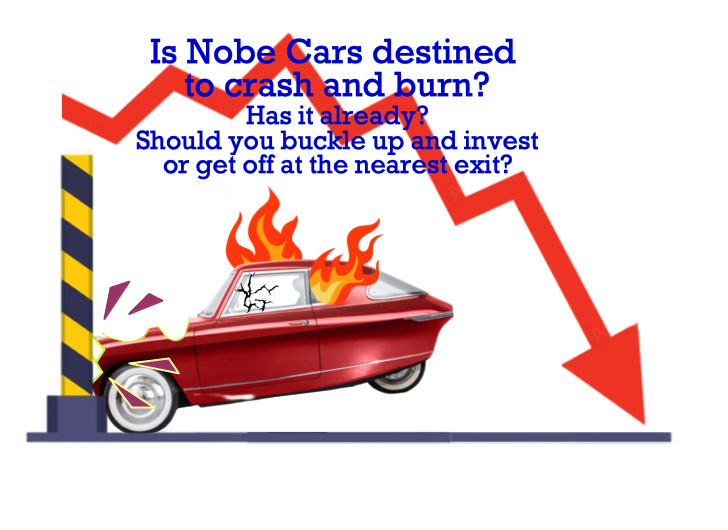
Nobe Cars Investors
A group providing information to those who have lost their money to Roman Muljar and Nobe Cars, and working to prevent further losses to others

A group providing information to those who have lost their money to Roman Muljar and Nobe Cars, and working to prevent further losses to others

Site investigating Nobe Cars CEO Roman Muljar states he is more trouble than he is worth. Notes multiple business failures and that he has often been asked to leave the company only to return, unwanted, to torpedo the progress that was made in his absence.

The news media in Nobe's native Estonia have had good reason to keep their eye on Roman Muljar. This "60 Minutes type" report reveals shocking insights into the business practices of Nobe Cars and Roman Muljar.





